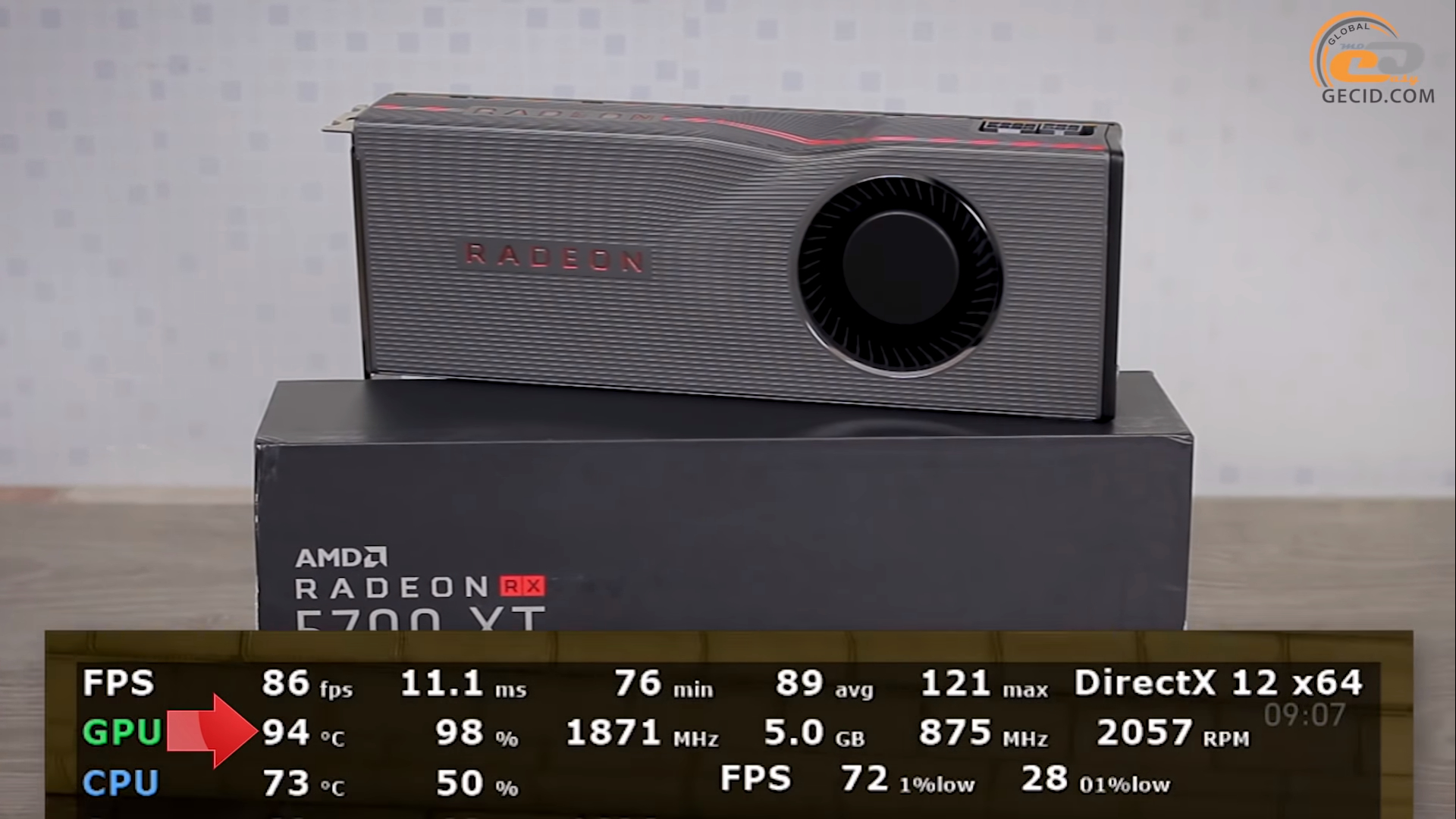

They’re loud and they don’t cool the GPU well enough to prevent throttling, which is why, out of the box, many reference cards struggle to hit the speeds that AMD claimed. One of the biggest issues facing the RX 5700 XT and 5700 at launch was that the reference blower coolers weren’t up to the task. Cooling and overclocking Dan Baker/Digital Trends Not only will one of the Big Navi cards be cheaper if you find one in stock, but it’ll also perform much better than AMD’s last-gen lineup. That chance has passed for the 5700 and its XT variant. These new cards are experiencing similar stock and pricing issues, but you still have a fighting chance at finding one around MSRP. You’d be much better off tracking down one of AMD’s new Big Navi graphics cards: The 6800 or 6800 XT. Neither the 5700 nor the 5700 XT are worth the price of the few cards that are in stock. If it wasn’t clear enough, these prices are ridiculous. A step up to the 5700 XT isn’t all that much more expensive - considering the absolutely insane price gouging that’s going on - clocking in at a modest $1,180. As of late February, the cheapest 5700 we could find was $1,150.

In 2021, however, it’s not as simple as an extra $50. That’s especially true at 1440p, where it manages well over 100 fps in Civilization VI and close to it in Battlefield 5 and Fortnite. However, if value is important and the extra $50 would be more useful elsewhere, the 5700 holds its own. If you’re just looking for overall performance, the 5700 XT is clearly the better card. Across the board, we see the RX 5700 perform within roughly 10% of the 5700 XT.
#Amd radeon rx 5700 xt 1080p
In gaming tests, both cards prove to be very capable at both 1080p and 1440p, with more than playable frame rates (40-80 fps) at 4K in Fortnite, Battlefield 5, and Civilization VI. Considering it’s noticeably cheaper, that’s a fair result. The 5700 XT was able to keep level with the RTX 2060 Super and the Radeon VII, with the 5700 lagging behind by just over 10%. Some buyers with high-end aftermarket cooling and tweaking have managed to push their cards well north of 2GHz on a sustained basis.įinally, both cards have identical configurations of GDDR6 video memory and bandwidth.Īs for how this all affects real-world performance, we turn to our suite of benchmarks that we conducted during our initial review of the two cards.īoth cards perform well in our 3DMark Time Spy test. The 5700 XT has a sizeable uplift in TDP requirements, making it a greater candidate for aftermarket cooling. The boost clock is much greater on the XT too, but unless you have strong cooling from a third-party card, it’s not a speed you’ll likely hit regularity. Its “game clock” - the typical clock speed you can expect during sustained load - is 130MHz higher, which also aids the performance improvements over the 5700, though that gap can be closed with overclocking. The base clock is 150MHz higher on the 5700 XT. That equates to the same difference in stream processors and should be a major component in the differentiating performance between these two cards.Īnother major difference is the clock speed. The 5700 XT has just over 10% more with 40, versus the 5700’s 36. The first major difference is the number of compute units.


 0 kommentar(er)
0 kommentar(er)
